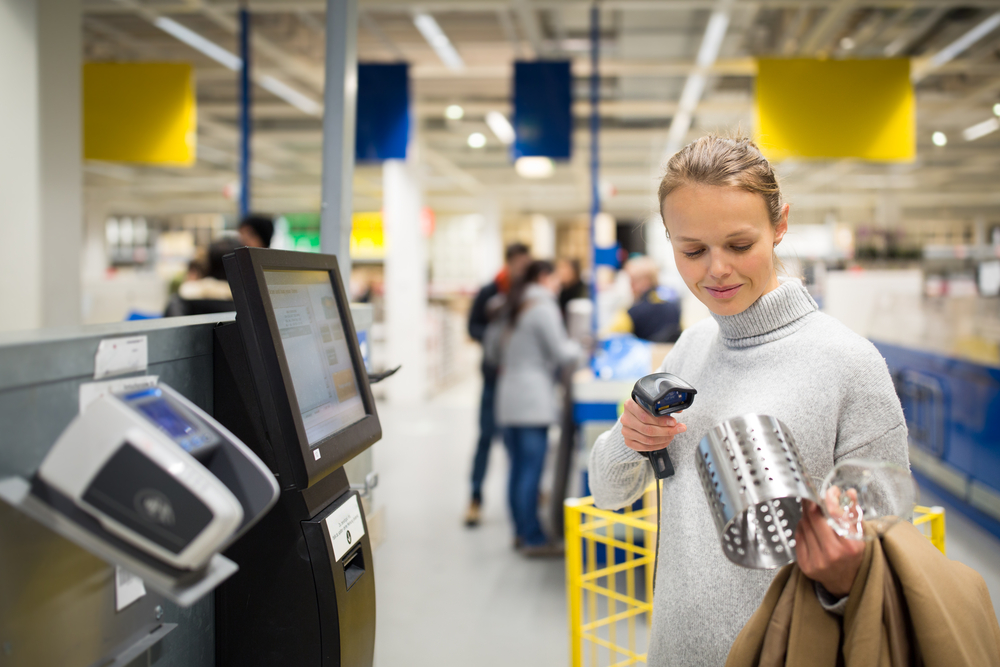Hardly any increase in theft from self-checkout systems
Self-checkout and mobile self-scanning are becoming increasingly popular. However, the question for retail companies is whether self-checkouts or mobile self-scanning lead to more thefts. According to an EHI study, however, this is not the case in the vast majority of retail companies.

© depositphotos, lightpoet
In particular, security systems and attentive staff should prevent more frequent theft at store checkouts. In a study conducted by the EHI Retail Institute, 85 percent of the companies surveyed said they did not notice any increased inventory discrepancies in their stores with self-checkout solutions.
Accordingly, shoplifting at self-checkout points is not significantly higher than at attended checkouts. The chain stores in Germany even recorded better inventory differences in around 40 percent of their stores with self-checkout (SCO) compared with the company average.
Thefts would be prepared already in the sales room
Random analyses at SCO checkouts and during mobile scanning also show low error rates - too much, too little, not sorted by type. Re-scans at mobile SCO solutions, which also involve random checks to determine whether individual products in the shopping cart have been correctly recorded, are also relatively rare. A low re-scan rate also indicates a low theft rate.
The ingenuity of thieving customers is nevertheless great. However, many thefts are already prepared on the sales floor, for example by inserting or relabeling goods. The most common crime in SCO and self-scanning is the "non-scanning" of items, i.e. the attempt to take products without paying.
Even barcodes of cheaper goods are not scanned, pasted over or incorrect quantity information is given. Vouchers can also lead to misuse if they are used more than once. If customers scan their goods themselves using mobile systems, item cancellations would also be a fraud method. Such methods are usually only successful if the supervisory staff fail to recognize the manipulation due to inattention or deliberate distraction.
Safety measures
Common prevention measures at SCO checkouts include visual checks by employees, weight checks, and camera surveillance, often in conjunction with exit gates. In mobile SCO solutions, random checks are used, usually by random selection. Indications are also given, for example, by unusual item constellations or an atypical shopping basket size. There are different security measures - in all of them, attentive personnel is the key to preventing shoplifting.
The entire EHI study "Shoplifting in connection with self-checkout systems" is available as a free whitepaper available.
Source: EHI Retail Institute









